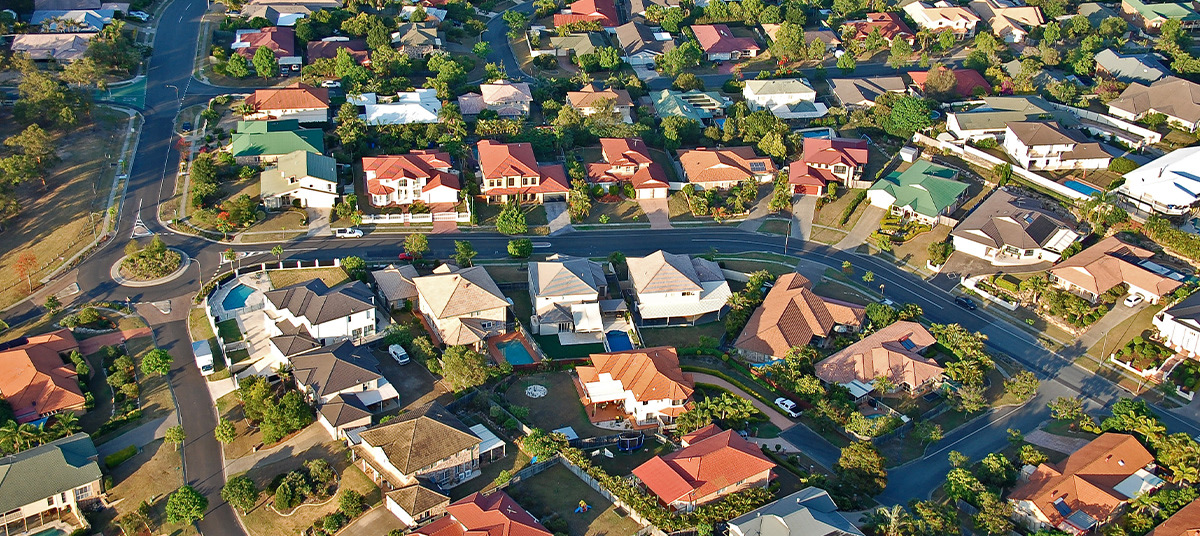
The share of borrowers at greater risk of falling behind on their loan has decreased, with the central bank optimistic for the future.
Arrears levels and the volume of borrowers at risk of falling behind on their mortgage repayments have dropped, according to the Reserve Bank of Australia’s (RBA) April Financial Stability Review.
Just 1 per cent of all variable-rate owner-occupier borrowers are now at risk of going into arrears, the RBA found.
The central bank said that despite budget pressures remaining pervasive across Australia, the share of households that had fallen behind on their mortgages had broadly stabilised to pre-pandemic levels.
Moreover, almost all mortgagors benefited from home values that exceeded their mortgage balances, often by a substantial margin.
Only around 3 per cent of all borrowers were estimated to be experiencing a ‘cash flow shortfall’, putting them at risk of falling behind on loan repayments, the RBA said.
Although the percentage is higher than before the pandemic, it is lower than the peak observed prior to the stage 3 tax cuts and a further moderation in inflation over the second half of 2024.
Mortgage stress easing
Pressure on existing mortgage holders is expected to ease further over the coming year, according to projections in the RBA’s February Statement on Monetary Policy.
Expectations of higher incomes and lower interest rates should support borrowers’ cash flows, further ease households’ budget pressures, and cut the share of mortgagors with negative cash flows.
The rate easing cycle, which began in February, is widely expected to continue, with all four major banks forecasting the central bank to cut the cash rate several times this year.
More Victorians falling behind on mortgages
Home owners in Victoria have seen the sharpest rise in mortgage arrears across Australia, the RBA said.
The central bank attributed the trend to a larger-than-average share of borrowers in Victoria experiencing cash flow shortfalls – particularly in parts of regional Victoria.
“In part, this reflects that a higher share of borrowers in Victoria have both larger loan sizes and smaller cash buffers than other states, which have made them slightly less resilient to the increase in inflation and interest rates over recent years,” the RBA said.
Demographic differences also contribute to this.
“Victoria has a higher proportion of younger households compared with other states; these borrowers are more likely to have younger loans that have had less time to amortise.
“Compared with the other states, economic conditions in Victoria have also been weaker, including a higher unemployment rate and a modest decline in housing prices; information from liaison with lenders suggest these factors have also contributed to the higher level of arrears,” it said.
However, the RBA said that even in Victoria, most borrowers would remain able to service their debt under a variety of adverse scenarios, including if interest rates were to remain high for longer or if the labour market were to deteriorate significantly.
[Related: Arrears set to stay low amid rate cut relief]
 Login
Login










JOIN THE DISCUSSION